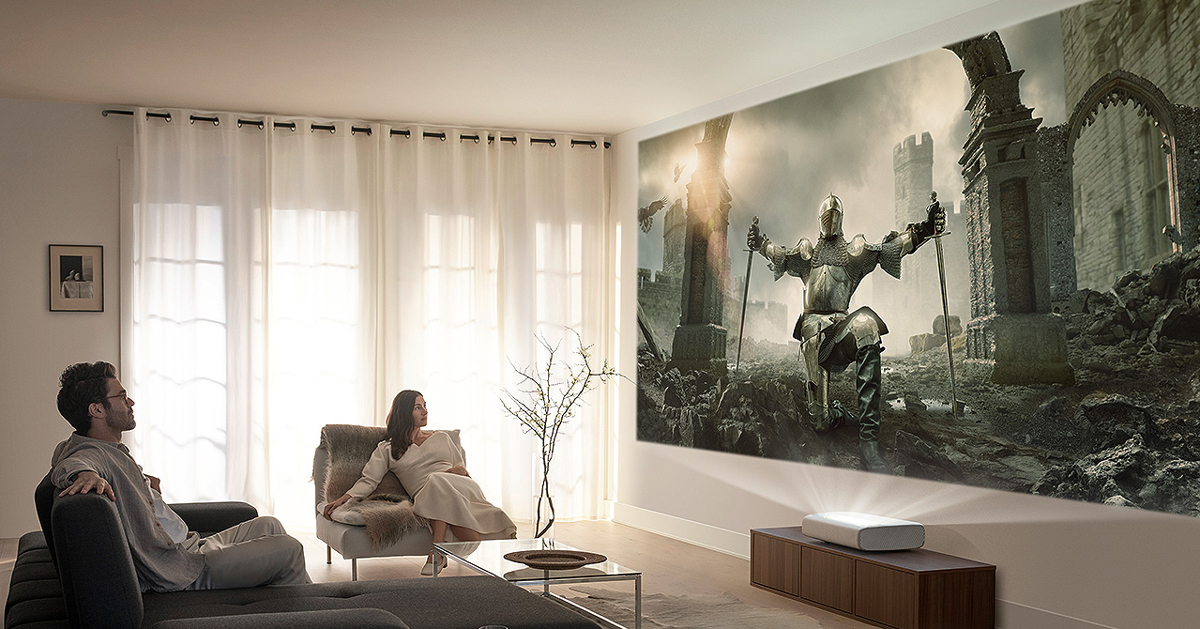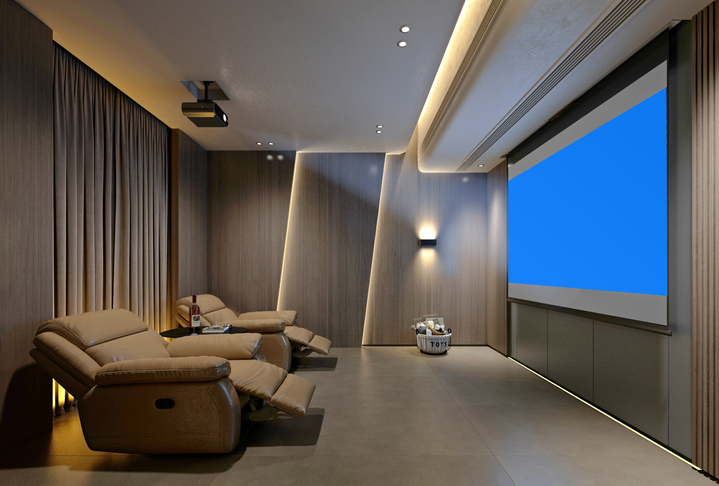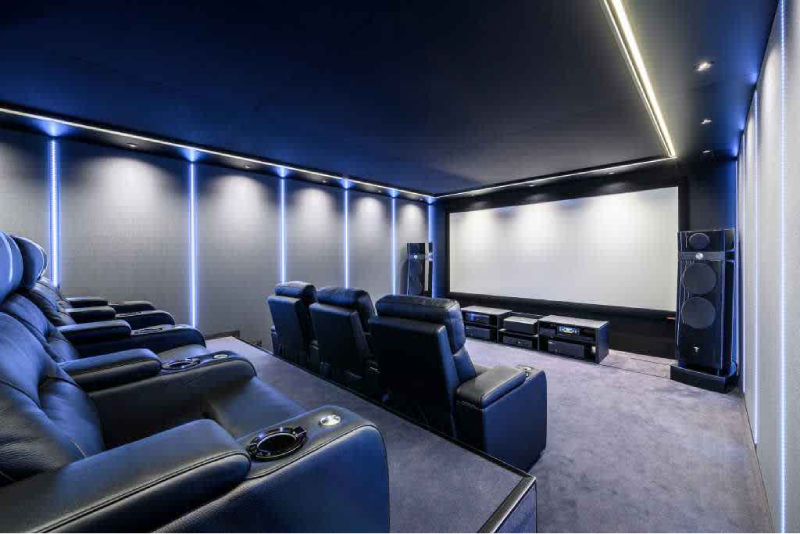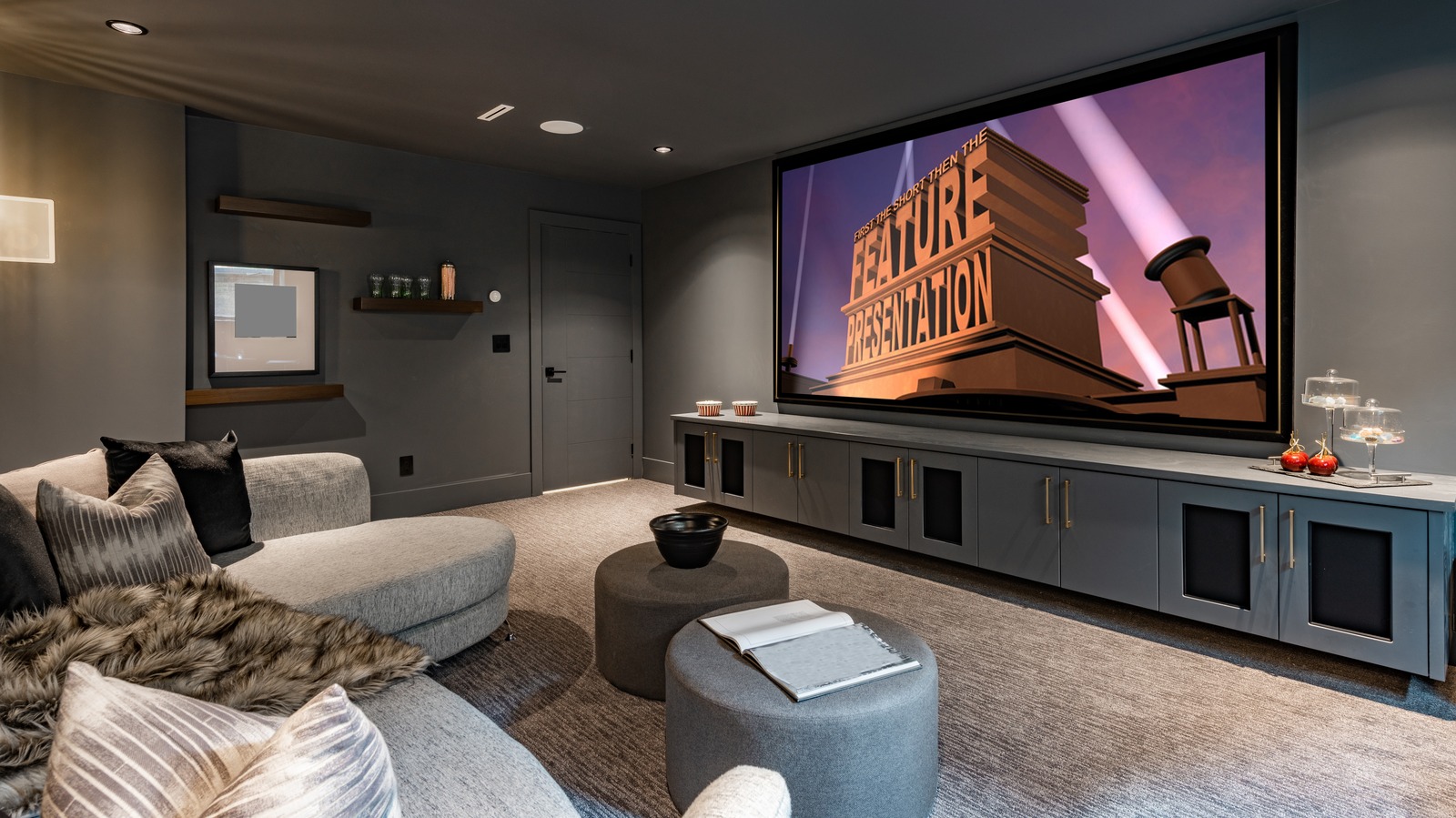Top Home Theater Tampa Installers Offering Customized Solutions
Home Theater 101: Everything You Required to Know for a Cinematic Experience at Home
Producing a home movie theater that equals the motion picture experience of a commercial theater entails mindful factor to consider of several elements, including screen option, audio systems, and space design. Whether you are pondering the optimal display dimension or the ins and outs of surround sound, recognizing these fundamentals is important.
Selecting the Right Screen
When establishing a home theater, picking the best screen can make or damage the viewing experience - tampa home theater installation. The screen functions as the focal point of your setup, influencing picture quality, viewing angles, and overall aesthetic. Secret variables to take into consideration consist of display dimension, type, and resolution
Initially, establish the suitable display dimension based upon your area measurements and seating range. A basic guideline is to sit around 1.5 to 2.5 times the angled screen size for ideal viewing. Next off, pick in between different screen types, such as fixed-frame, motorized, or retractable screens, each offering distinctive advantages. Fixed-frame displays normally provide the ideal photo quality, while mechanized options permit versatility precede use.
Resolution is another important variable. For a truly immersive experience, consider a display made for 4K or even 8K content, guaranteeing intensity and clearness. Furthermore, take into consideration the display's gain, which affects brightness and contrast; a higher gain can enhance brightness in well-lit spaces, while a reduced gain may be much more ideal for darker atmospheres.
Selecting Audio Equipment
Audio devices is an important part of any home theater system, considerably boosting the general watching experience. The choice of audio equipment can establish the deepness, clarity, and immersion of sound, critical for producing a motion picture atmosphere.
When picking audio tools, consider a surround audio system, which generally consists of a receiver, multiple speakers, and a subwoofer. A 5.1 or 7.1 network system is suggested, where the first number stands for the speakers and the 2nd the subwoofer, offering an immersive soundscape. The receiver is the heart of the system, managing audio and video clip signals, and should sustain contemporary formats like Dolby Atmos for a boosted spatial experience.
Quality speakers are necessary; search for designs that provide a well balanced sound profile with great bass action. Floor-standing speakers can produce richer audio, while shelf alternatives save space. Additionally, think about cordless options for simplicity of installment, although wired systems usually provide premium efficiency.

Ideal Seating Arrangements
Producing an ideal home movie theater experience hinges considerably on optimal seating arrangements. The arrangement of seats plays a vital role in both comfort and checking out high quality, directly impacting the overall motion picture experience.
First, consider the screen dimension and watching range. An usual standard is to position seats at a range around 1.5 to 2.5 times the angled dimension of the display. This guarantees an immersive experience without stressing the eyes.
Next, elevation is crucial. The back rows ought to be greater than the front to stay clear of blockages if your seating is in a tiered style. For flat seating, make certain that the front row is not too close to the screen, and that everybody has a clear view.
In addition, take into consideration the arrangement in terms of social dynamics. Team seats can enhance the communal experience, while individual seats may be liked for personal viewing.

Last but not least, prioritize convenience with ergonomic seats that sustains extended viewing durations. Integrating recliners or supported seats can considerably boost the experience, making the home cinema a recommended destination for both enjoyment and leisure.
Lighting and Atmosphere
Reliable lighting and atmosphere are crucial parts of a properly designed home cinema, as they considerably affect the seeing experience. The best lighting can boost the motion picture feel, while poor options can diminish it. For optimum outcomes, consider a layered lights strategy that includes ambient, job, and accent lighting.
Ambient lights provides basic illumination, guaranteeing that the space is not entirely dark, which can stress the eyes. Dimmer buttons are link very advised, permitting adjustments based on the content being seen. Task lights, such as wall sconces or flooring lights, offers useful lighting for tasks like reading or browsing the room without interrupting the general atmosphere.
Accent illumination can be utilized to highlight building functions or develop centerpieces, including depth and interest to the space. LED strip lights behind displays or along shelves can supply a refined glow that boosts the visual experience without frustrating the audience.

Wiring and Installation Tips
A tactical electrical wiring setup is important for attaining ideal performance in your home theater system. Proper electrical wiring not only guarantees top quality audio and video signals yet additionally enhances the total visual of your room. Begin by mapping out your format, recognizing where each important site element will certainly be positioned, including your screen, audio speakers, and receiver.
When choosing cable televisions, prioritize premium, suitably assessed electrical wiring to minimize signal loss. HDMI cable televisions need to be used for video clip connections, while speaker wire must match the specs of your speakers and amplifier. Opt for in-wall ranked cables to adhere to safety and security standards and preserve a tidy look.

Conclusion
In summary, creating an exceptional home cinema experience requires careful factor to consider of different components, consisting of screen option, audio devices, seating plans, lights, and circuitry. By focusing on these elements, a motion picture environment can be successfully duplicated, permitting for immersive checking out experiences that rival traditional cinema setups.
Producing a home cinema that matches the motion picture experience of an industrial theatre involves careful consideration of multiple components, including display choice, sound systems, and space layout.When establishing up a home theater, selecting the right screen can make or break the checking out experience. Next, choose between numerous display why not check here types, such as fixed-frame, mechanized, or retracting displays, each offering distinct benefits. For a really immersive experience, take into consideration a screen made for 4K or also 8K content, ensuring intensity and clarity.In recap, producing a phenomenal home theater experience needs careful consideration of different elements, including display choice, audio devices, seating setups, illumination, and circuitry.